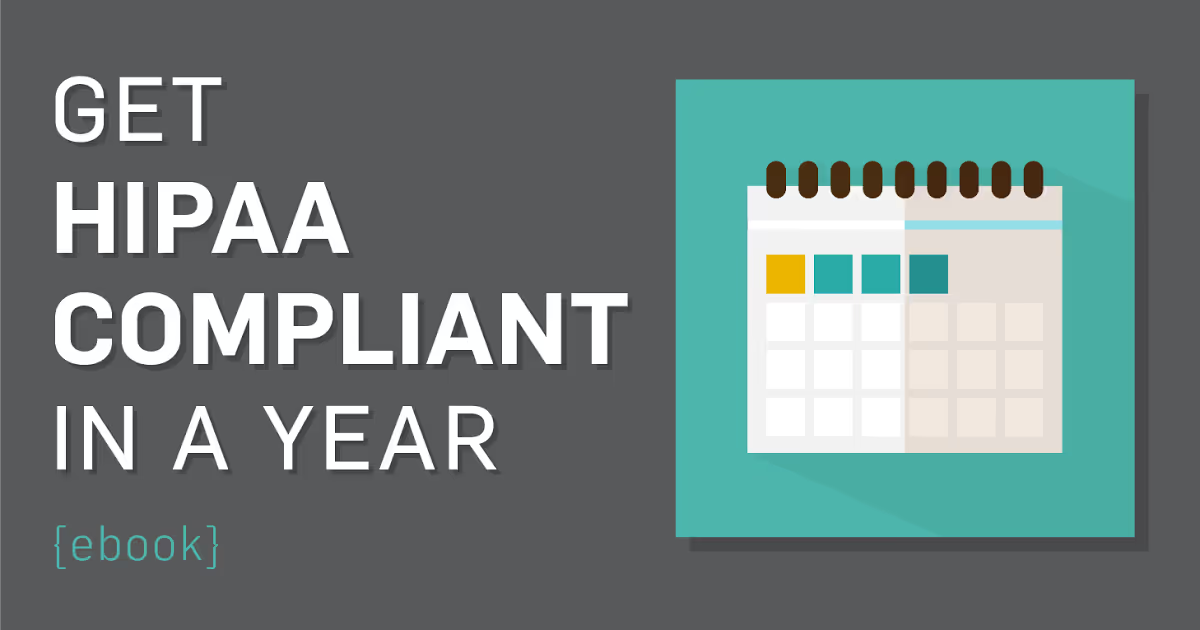Getting HIPAA compliant doesn't have to be overwhelming.

We all know HIPAA compliance can feel like a monstrous task. Between risk analysis, firewalls, employee training, and physical security, it can be a bit overwhelming.
The good news is you don’t have to get HIPAA compliant overnight.
Taking on HIPAA compliance one step at a time is more effective than trying to tackle everything at once.
Before you start anything else on HIPAA, you need to find where your protected health information is located. Here are some things you should know:
By understanding your organization and how it handles data, you can find potential vulnerabilities in your network.
A PHI flow chart is a graphical representation of where PHI comes into your organization, where it’s stored, and where it leaves.
The more places that have access to patient information, the higher the chances for a data breach. That’s why flow charts are important. You can’t protect your data if you don’t know where it’s entering and leaving your organization.
See also: PHI: It’s Literally Everywhere [Infographic]
Your employees can be one of your greatest security risks. Make a plan for how often you’ll train employees.
These days, it’s not enough to do it once a year. We recommend at least quarterly, if not monthly trainings.
Have SecurityMetrics help you train your employees!
The best way to analyze the effectiveness of your training is to test your employees. This will help you see how your employees will react in an incident. Here are two common ways you can test employees:
Use the results of these tests and make a plan for the future. This can help you see where employee training may be lacking. Don’t forget to document everything.
Use the results of tests to see where your organization needs to improve in security. This is a good time to run vulnerability scans to see where you may have holes in your security. At this point, if you’ve documented everything, you’ve essentially created your HIPAA risk analysis.
See also: 5 Steps to Making a Risk Assessment
Now that you’ve got a list of issues to resolve, you need to plan on how to resolve them through a risk management plan. Here are some things you may want to include in your plan:
Now you have plan, it’s time to implement it. The best way to avoid getting overwhelmed is to prioritize. Some things to ask yourself are:
Pick the top five problems in your organization and tackle those first. Then make an action plan for the next five problems and so on.
See also: SecurityMetrics HIPAA Guide
You need to create and update your incident response plan, using information from your risk analysis and risk management plan. Here are some questions you should ask:
See also: 5 Things Your Incident Response Plan Needs
Include these elements in your plan and make sure employees are properly trained to respond to a data breach.
See also: What To Do When You Get Hacked, Step-By-Step
The best way know how your employees will react in a data breach is to test them. You can see how employees work together and how fast they resolve issues under pressure.
Document failures and successes during your test, so you can make adjustments to your incident response plan.
If your business associates aren’t secure, you could still be liable in a data breach. Make sure you educate your third party vendors on HIPAA and sign a Business Associate Agreement.
Most healthcare organizations haven’t updated their organizational policies in years. Policies define what and how your organization protects PHI. It’s also very important to have these policies documented. If not, you could be held liable in a data breach. A few policies you’ll want to implement are:
HIPAA isn’t an annual process; it should be an ongoing process. See where you are in the HIPAA process and how far you’ve come. Set goals for next year and document those plans. This is a great time to see what’s working for your organization and HIPAA, and what could use more tweaking.
See also: Snapshot of HIPAA and Healthcare Data Security
Remember, HIPAA doesn’t have to be overwhelming; you just need to break it down into feasible steps and goals. You can’t become HIPAA compliant in a day, but if you work at it step by step, it eventually gets easier.
To learn more about getting HIPAA compliant in a year, check out our ebook, Implementing Your HIPAA Compliance Plan.